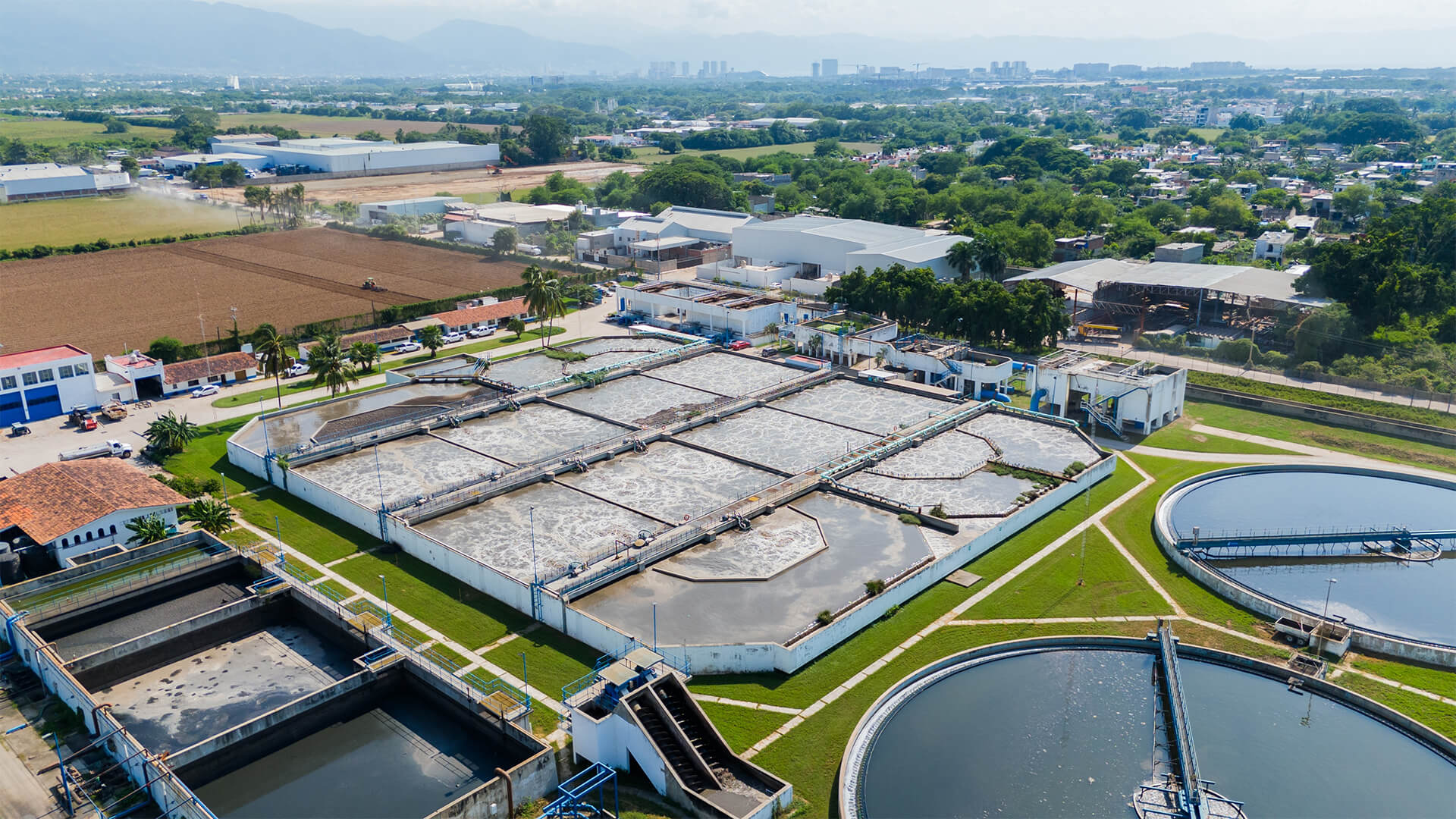Waste-to-Energy Plants and Environmental Perceptions: Common Misconceptions
07 Ekim 2025Nowadays, sustainable energy solutions and environmentally friendly technologies are increasingly important in the energy sector, both for the public and investors. In this context, waste-to-energy plants frequently come to the forefront due to their potential to use energy efficiently and reduce environmental burdens. However, there are many misconceptions and misinformation about these facilities in society.
In this article, we will examine waste-to-energy production, its environmental impacts, and common misunderstandings in detail.
What Are Waste-to-Energy Plants?
Waste-to-energy plants are facilities that convert household, industrial, or agricultural waste into energy. In this process, waste is generally used in biomass, organic waste, non-hazardous industrial waste, or sometimes in advanced incineration systems for energy production.
The basic steps of waste-to-energy production include:
- Waste Collection and Sorting: Classification according to waste type.
- Energy Conversion: Using methods such as biogas, biodiesel, or electricity production.
- Residual Waste Management: Safe disposal of leftover materials after processing.
This process enables reduction in fossil fuel usage, lower greenhouse gas emissions, and support for renewable energy sources.
History and Development of Waste-to-Energy Plants
Waste-to-energy technologies originated with direct incineration and waste management methods during the Industrial Revolution. However, environmental impacts were largely ignored at that time.
- From the mid-20th century, biogas production and modern waste processing plants emerged.
- In the 2000s, emission control systems and environmentally friendly filtration technologies became widespread in Europe and the U.S.
- Today, modern waste-to-energy plants in Turkey and worldwide are efficiently used for both electricity and heat generation.
These developments are critical for correcting societal misconceptions and demonstrating the true potential of waste-to-energy facilities.
Different Types of Waste Conversion to Energy
Waste-to-energy production not only provides an energy source but also optimizes waste management. Different types of waste include:
- Household Waste: Organic waste is used for biogas production.
- Agricultural Waste: Manure and crop residues can be used for both biogas and organic fertilizer.
- Industrial Waste: Non-hazardous industrial waste can be safely processed for energy production.
- Biomass: Wood, sawdust, and other organic materials are used through combustion or gasification methods.
This diversity allows waste-to-energy plants to offer flexible solutions for various sectors and needs.
Common Misconceptions and Misunderstood Facts
There are many misconceptions about waste-to-energy plants. Some of the most common are:
- Waste-to-Energy Plants Harm the Environment
Many people automatically think of environmental harm when they hear waste-to-energy production, which is incorrect. Modern plants are equipped with strict environmental standards and emission control systems.
- Filters and scrubbers minimize harmful gases.
- Biogas plants reduce methane emissions, lowering greenhouse gas effects.
- Post-processing waste is often used as fertilizer or recycled material.
Thus, properly managed waste-to-energy plants do not harm the environment; they provide environmental benefits.
- Waste-to-Energy Is Only Profitable at Industrial Scale
Some believe waste-to-energy plants are only suitable for large enterprises. However, small-scale biogas plants and local energy projects can be implemented from rural areas to urban districts.
- Small plants meet local energy needs, reducing transportation costs.
- They can integrate with industrial facilities to reduce waste management costs.
Thus, waste-to-energy projects are feasible and economically sustainable at various scales.
- Waste-to-Energy Only Produces Electricity
It is incorrect to assume waste-to-energy plants only produce electricity. In fact, waste-to-energy is a multifunctional energy source:
- Heat generation: Used in industrial processes or district heating systems.
- Biogas: Can be used as direct fuel or for electricity production.
- Organic fertilizer: Reduces the need for chemical fertilizers in agriculture.
Therefore, waste-to-energy plants offer multi-purpose energy and resource management solutions.
- Waste-to-Energy Plants Cause Bad Odors
One of the most common misconceptions is that these plants emit unpleasant odors. In modern biogas and waste processing facilities:
- Closed systems prevent direct contact between waste and the atmosphere.
- Odor-control systems and biological filters minimize unpleasant smells.
Thus, in well-designed plants, nuisance odors are virtually nonexistent.
Environmental and Economic Benefits of Waste-to-Energy Plants
Environmental benefits of waste-to-energy plants are substantial:
- Reduces carbon footprint: Decreases fossil fuel use and lowers greenhouse gas emissions.
- Reduces waste volume: Prevents solid waste from going to landfills.
- Supports renewable energy sources: Encourages biogas, biodiesel, and other organic energy sources.
- Local economy and employment: Plant construction and operation increase local job opportunities.
Economically, they also provide advantages:
- Reduce energy costs.
- Lower waste management expenses.
- Additional revenue from recyclable products.
Future Trends and Technological Innovations
Emerging trends in the waste-to-energy sector include:
- Smart Waste Management Systems: IoT and sensors optimize waste volume and energy production.
- Hybrid Energy Systems: Integration with solar and wind energy sources.
- Carbon-Neutral Plants: Facilities with minimal emissions and near-zero environmental impact.
- Energy Storage Solutions: Efficient energy storage ensures continuity.
These developments will make waste-to-energy a critical field for both environmental and economic sustainability.
Some widespread misconceptions overshadow the environmental and economic benefits of waste-to-energy plants. However, the facts are clear:
- Modern facilities do not harm the environment and provide sustainable energy.
- Waste-to-energy produces not only electricity but also heat, biogas, and fertilizer.
- Projects of various scales contribute to local economies and energy efficiency.
Correcting these misconceptions is crucial for raising public awareness and promoting sustainable energy solutions.
If you would like to take a closer look at the contributions we make to the environment, sustainability, and a greener future through our Waste Disposal Facilities as Biotrend, you can review our Sustainability Report.





